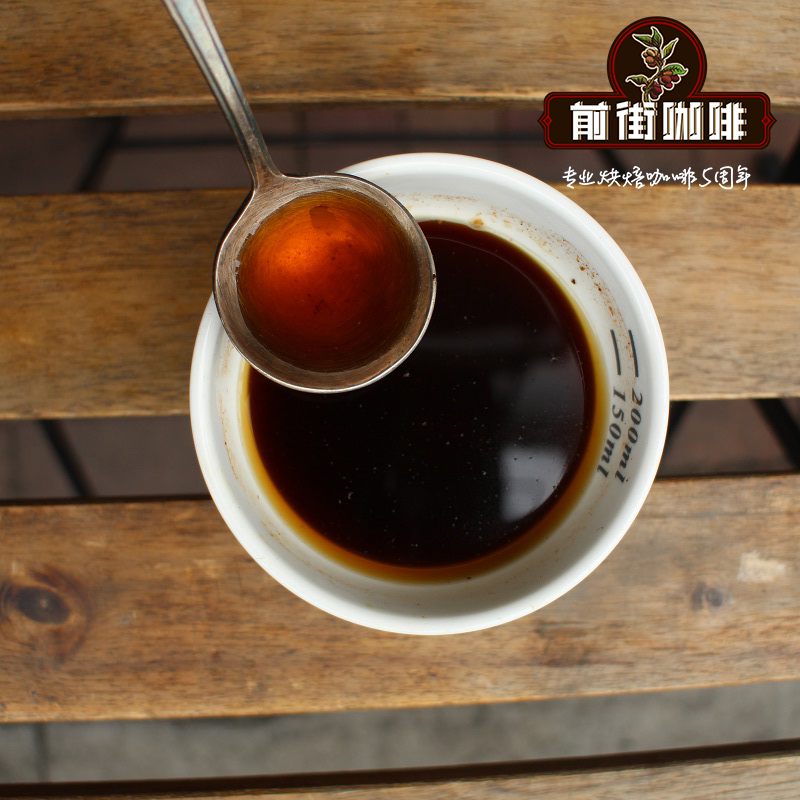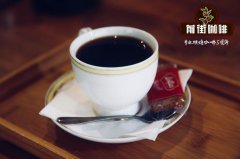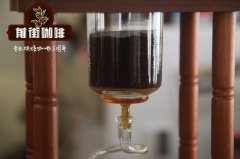Brazilian Coffee introduces how to drink Brazilian coffee? Characteristics of Brazilian Coffee

Professional coffee knowledge exchange more coffee bean information please follow the coffee workshop (Wechat official account cafe_style)
The variety, geography and climate of coffee, soil texture, planting techniques, harvesting and processing methods, like the results from the land, will directly affect the quality of raw coffee beans. Brazil, the world's largest coffee producer, accounts for 30 per cent of global coffee usage if it covers "commercial" and "boutique" coffee. In addition to the original conditions such as climate and geographical area, Brazil has created today's huge national income and benefits because of the "industrialization" of coffee.
Brazil mainly grows Arabica Burbon and Catuai species. The yield of these beans is higher than that of many varieties.
Based on the law of global industrial capitalization and the conditions of the national geographic economy, Brazilian farmers choose coffee whose output is greater than its output value. At the expense of certain techniques, it helps to increase the flavor and quality of coffee, such as providing "shade" to increase the sugar content of fresh fructose, and "selective manual picking" of bright red or purple fresh fruit. Leave unripe and overripe fruit on the tree to increase the cleanliness of raw beans. The uneven color of fresh fruit, rubbing stones and branches, people can not help but think of the flavor of "wheat husk" and "dirt" rather than the "nut" and "chocolate" tone of fine Brazilian coffee.
Brazil's local coffee industry generally has incisive and layers of post-production technology and equipment to make up for the roughness of picking. Through the physical screening machine and water gravity classification, the inconsistent fresh fruits, stones and leaves are separated, and then treated by the sun or washing, and even the raw beans are screened by a large color sorter to remove the raw beans with inconsistent colors, resulting in the clean flavor of fine Brazilian coffee.
Coffee from different countries has gone through a long journey and spilled in the hands of our baristas. We then display our professional skills and knowledge of beans in order to brew out customer-oriented drinks. Similarly, these landowners refine their coffee flavor in different ways.
Front street hand punch parameters suggested: KONO filter cup / 88 ℃ / 1purl 14 / time two minutes
Flavor: Xuanmi tea, chocolate, nuts
Important Notice :
前街咖啡 FrontStreet Coffee has moved to new addredd:
FrontStreet Coffee Address: 315,Donghua East Road,GuangZhou
Tel:020 38364473
- Prev

Where can I buy authentic Blue Mountain Coffee? Do you sell real Jamaican blue mountain coffee beans in Japan?
Professional coffee knowledge exchange more coffee bean information please follow the coffee workshop (Wechat official account cafe_style) [unique environment] the Blue Mountains are located in the east of the island of Jamaica, because the mountain is surrounded by the Caribbean Sea, whenever the weather is clear, the sun shines directly on the blue sea, and the peaks reflect the bright blue light of the sea, hence the name
- Next

Jamaica Blue Mountain Coffee produces 40,000 bags of coffee a year. How much is the "authentic Blue Mountain Coffee" you drink?
Professional Coffee knowledge Exchange more information on coffee beans Please follow the coffee workshop (Wechat official account cafe_style) Blue Mountain Coffee, which refers to coffee made from beans from the Blue Mountains of Jamaica. According to the grade, it is divided into Jamaica Blue Mountain Coffee and Jamaican Alpine Coffee. The Blue Mountains are located in the east of the island of Jamaica because it is surrounded by the Caribbean Sea.
Related
- Detailed explanation of Jadeite planting Land in Panamanian Jadeite Manor introduction to the grading system of Jadeite competitive bidding, Red bid, Green bid and Rose Summer
- Story of Coffee planting in Brenka region of Costa Rica Stonehenge Manor anaerobic heavy honey treatment of flavor mouth
- What's on the barrel of Blue Mountain Coffee beans?
- Can American coffee also pull flowers? How to use hot American style to pull out a good-looking pattern?
- Can you make a cold extract with coffee beans? What is the right proportion for cold-extracted coffee formula?
- Indonesian PWN Gold Mandrine Coffee Origin Features Flavor How to Chong? Mandolin coffee is American.
- A brief introduction to the flavor characteristics of Brazilian yellow bourbon coffee beans
- What is the effect of different water quality on the flavor of cold-extracted coffee? What kind of water is best for brewing coffee?
- Why do you think of Rose Summer whenever you mention Panamanian coffee?
- Introduction to the characteristics of authentic blue mountain coffee bean producing areas? What is the CIB Coffee Authority in Jamaica?

